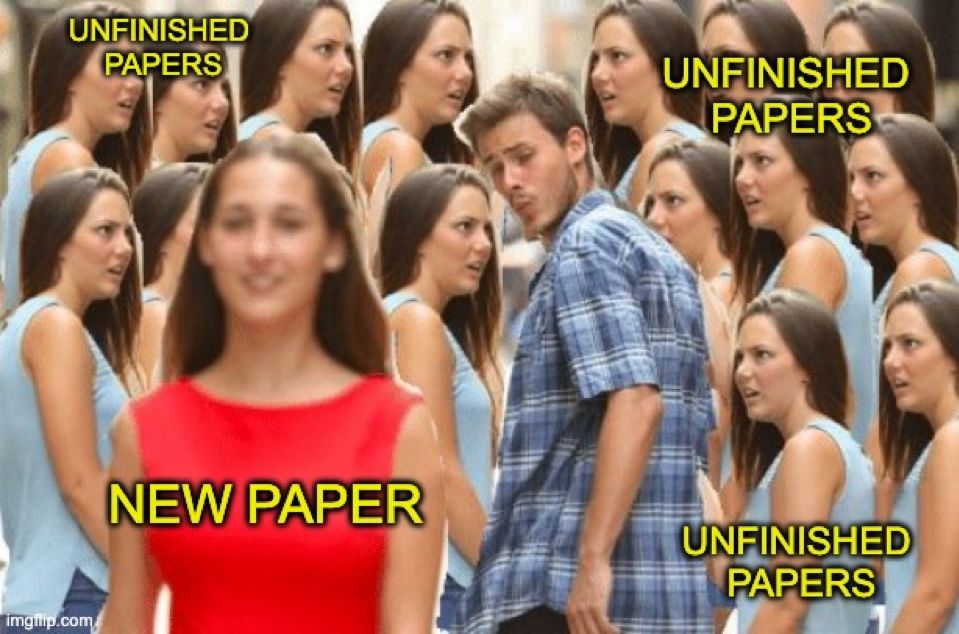
Understanding intelligence and cultivating its societal benefits
https://kifarid.github.io
We propose a dataset collection method using knowledge graphs and web image search, and create EntityNet-33M: a dataset of 33M images paired with 46M texts.
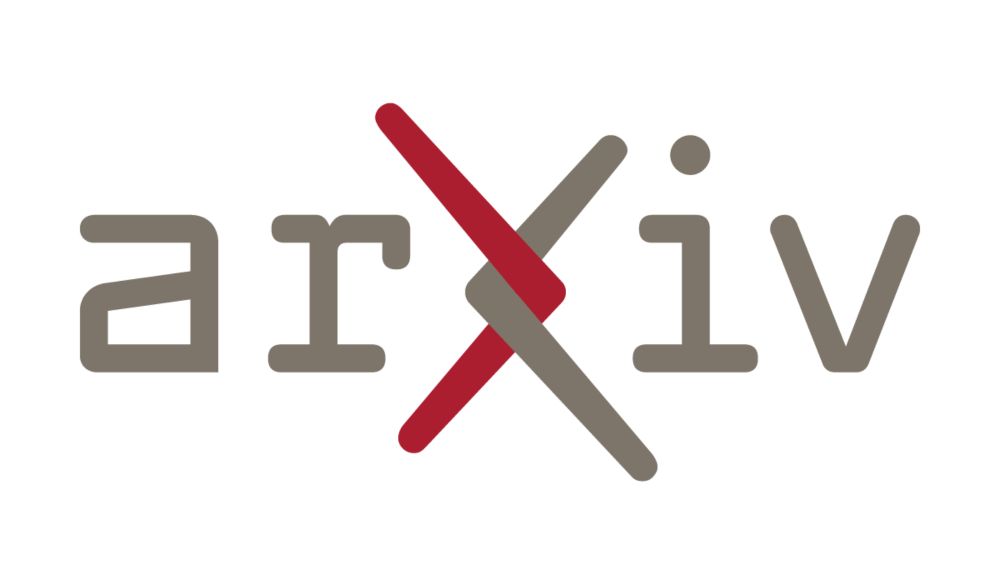
We propose a dataset collection method using knowledge graphs and web image search, and create EntityNet-33M: a dataset of 33M images paired with 46M texts.
Today I want to share two new works on this topic:
Eliciting higher alignment: arxiv.org/abs/2510.02425
Unpaired learning of unified reps: arxiv.org/abs/2510.08492
1/9
Today I want to share two new works on this topic:
Eliciting higher alignment: arxiv.org/abs/2510.02425
Unpaired learning of unified reps: arxiv.org/abs/2510.08492
1/9
A continuous autoregressive driving world model that outperforms Cosmos, Vista, and GEM with far less compute.
469M parameters
Trained on ~280h of driving videos
📄 arxiv.org/pdf/2507.13162
🎬 lmb-freiburg.github.io/orbis.github...
💻 github.com/lmb-freiburg...

A continuous autoregressive driving world model that outperforms Cosmos, Vista, and GEM with far less compute.
469M parameters
Trained on ~280h of driving videos
📄 arxiv.org/pdf/2507.13162
🎬 lmb-freiburg.github.io/orbis.github...
💻 github.com/lmb-freiburg...
I share my "mini-paper" w ppl I hope will be co-authors.
www.eugenevinitsky.com/posts/person...
I share my "mini-paper" w ppl I hope will be co-authors.
www.eugenevinitsky.com/posts/person...
Our answer: They’re two sides of the same coin. We wrote a blog post to show how diffusion models and Gaussian flow matching are equivalent. That’s great: It means you can use them interchangeably.
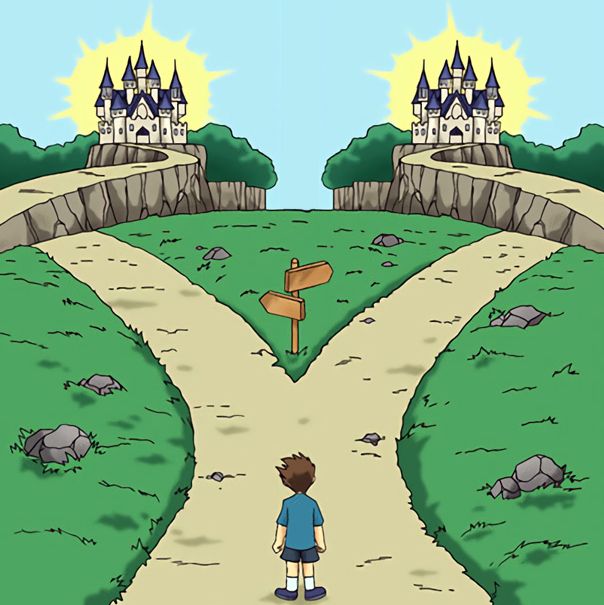
1/4

1/4
Turns out you can, and here is how: arxiv.org/abs/2411.15099
Really excited to this work on multimodal pretraining for my first bluesky entry!
🧵 A short and hopefully informative thread:
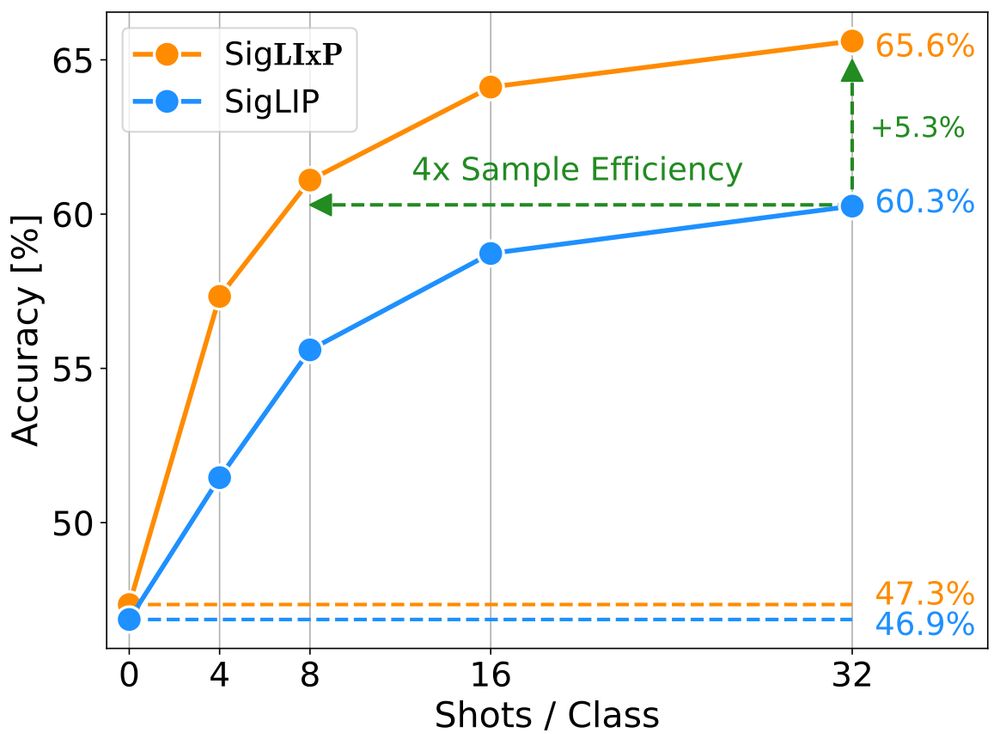
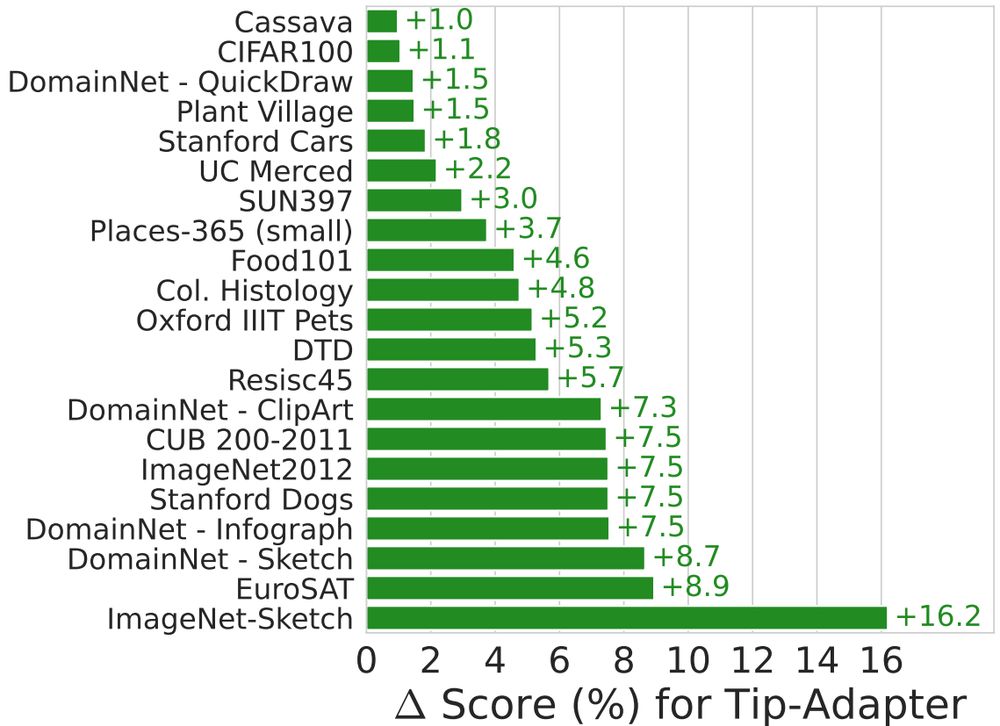
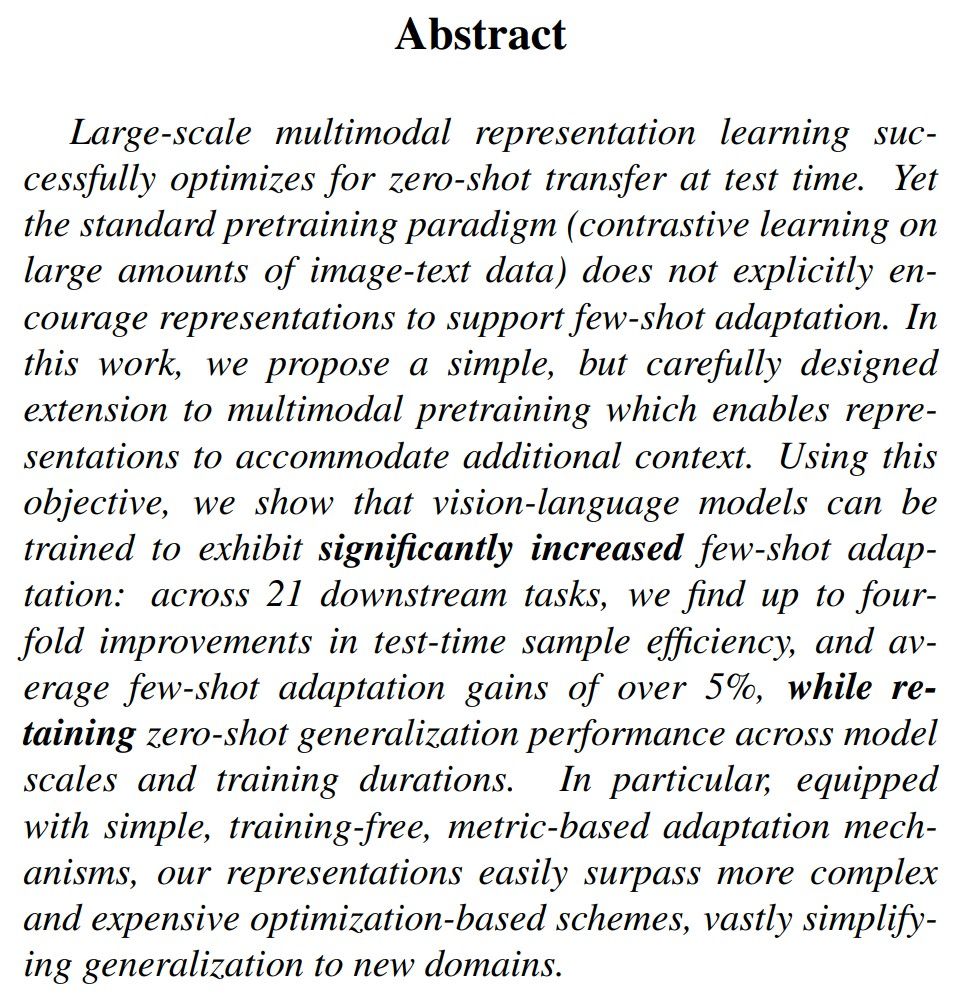
Turns out you can, and here is how: arxiv.org/abs/2411.15099
Really excited to this work on multimodal pretraining for my first bluesky entry!
🧵 A short and hopefully informative thread:
pdf ❌
abs ✅
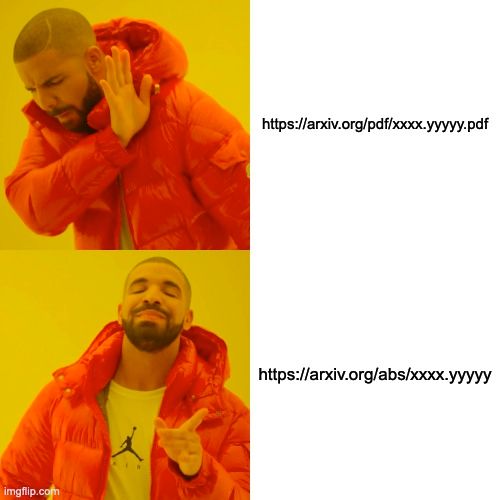
pdf ❌
abs ✅
at Bristol in the #MachineLearning and #ComputerVision (MaVi) group.
Open for PhD students with overlapping interests to us? U can visit for 3 months this summer!
Apply before 20 Jan 2025.
uob-mavi.github.io/Summer@MaVi....
at Bristol in the #MachineLearning and #ComputerVision (MaVi) group.
Open for PhD students with overlapping interests to us? U can visit for 3 months this summer!
Apply before 20 Jan 2025.
uob-mavi.github.io/Summer@MaVi....
OpenReview Data Leak
OpenReview Data Leak
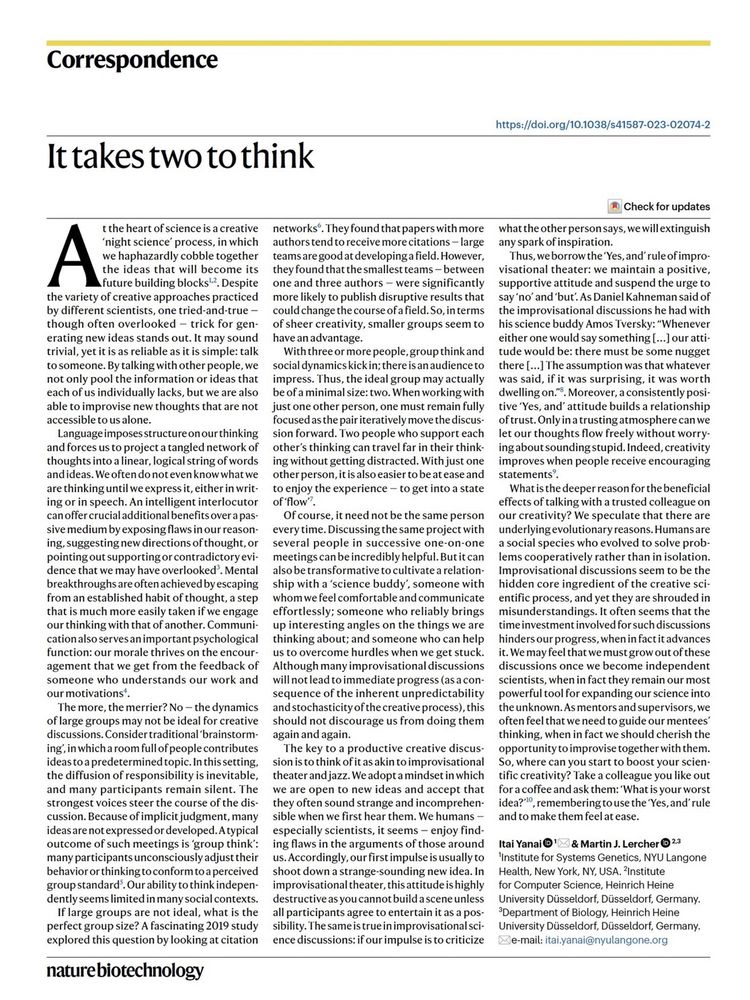
arxiv.org/abs/2403.10967

arxiv.org/abs/2403.10967


